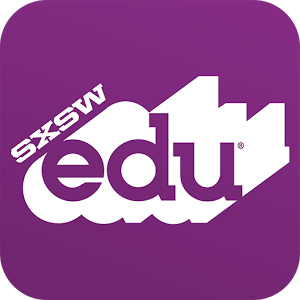SXSWEdu Conference

The pedagogy of personalization referenced in this post was presented by Alix Horton (New Tech Network-Literacy Coach), Drew Schrader (New Tech Netwotk-Dir Assessment), and Paul Curtis (New Tech Network-Dir of Platform Dev) in the summit session of SXSWEdu 2017.
What is Personalized Learning?
It entails school culture, pedagogy, available resources and all that might influence the shape of the learning environment. In the 2016 National Educational Technology Plan: Future Ready Learning: Reimagining the Role of Technology in Education (NETP) and the 2017 NETP Update, both define personalized learning as the following:
“Personalized learning refers to instruction in which the pace of learning and the instructional approach are optimized for the needs of each learner. Learning objectives, instructional approaches, and instructional content (and its sequencing) may all vary based on learner needs. In addition, learning activities are made available that are meaningful and relevant to learners, driven by their interests and often self-initiated.”
Personalized learning usually leverages digital tools and applications to customize learning for each individual and ensure students can close the skill gaps, achieve mastery, or gain advanced knowledge in the concepts taught. Personalized learning provides instruction that is meaningful and contextualized for the students, and consists of the following (SXSWEdu 2017):
- The pace of learning is adjusted and self-paced.
- Learning objectives, approaches, and content are optimized for each learner.
- Learning is motivated and driven by learner interests.
- Learners are given choice in what, how, when, and where they learn.
- Learning is often supported by technology.
To allow true personalized learning, faculty utilize technology to make it easier to transform courses that support individualized learning. In this post are some strategies in support of personalized learning.
How to Implement Personalized Learning in Your Classes?
Faculty find it hard to switch roles with the students and allow students to have more availability in classes because there is always a skills gap among the students. Some faculty use technology, such as Lynda.com, to accelerate remediation of the skill gaps.
Utilize Technology Applications
Many faculty utilize digital tools and on-line platforms to offer personalized learning in a college setting. Using a Learning Management System (LMS), such as Canvas, is a great way to provide self-paced personalized learning.
Use videos and sites to provide the background knowledge:
- Provide videos to introduce the needed background knowledge for the upcoming lecture. Videos can be easily filmed, edited and uploaded using Panopto in Canvas (Instructions for using Panopto in Canvas )
- Provide links from the library or use outside video sources of the prerequisite information needed (Instructions for linking to Library videos in Canvas pages)
- Add eBooks or journal articles from the library in your courses (Instructions for linking to Articles and eBooks)
Communication is the key
Communicate with your students and give personal feedback to assist students who are not aware of how to start closing the skill gaps.
- Use various communication tools, Skype, Webex, Canvas InBox. The easiest is to start with Canvas, it’s easy and more visible for the students. (How to communicate with your students using Canvas)
- Provide personal feedback. It also allows the instructor to build personal relationship with individual students. (How to provide feedback in Grades in Canvas)
- Include peer evaluation and allow students to learn from each other (Create peer review assignment).
Help is always there! For more information about personalized learning, contact Instructional Technology for further consultation.
